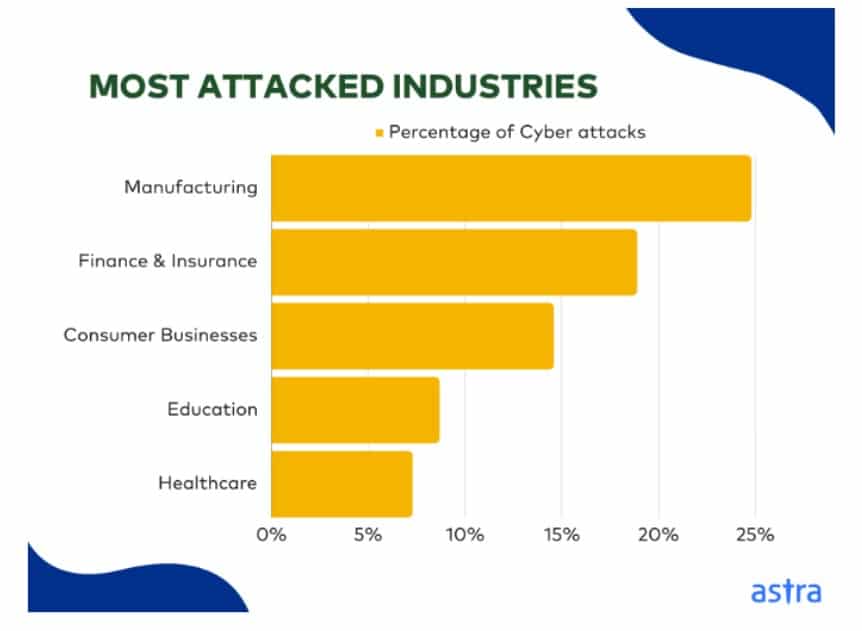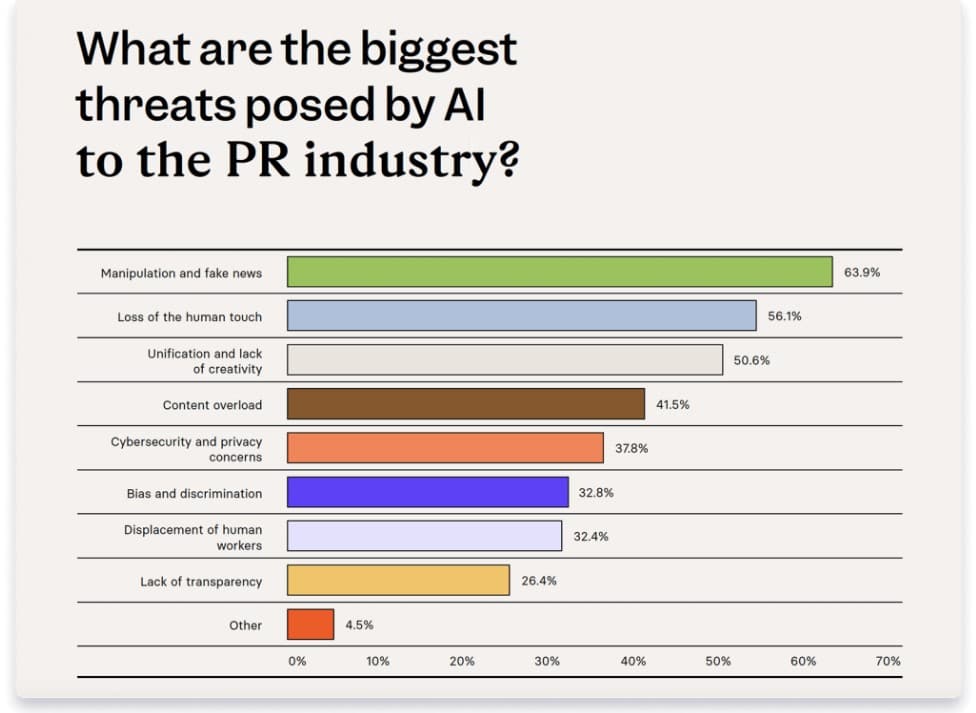Like many industries, the digital PR landscape is having to transform with the dawn of advanced AI.
New technology is rapidly disrupting traditional methods of public relations work. Adaptability is the name of the game. But where to pivot and how? How do you streamline new processes and engage new audiences while learning new technology and still hitting goals?
Below are some ways to strategically navigate the changes in the digital PR landscape in the years ahead.
Use a data-driven approach
The benefits of good data are manifold. On the audience side, you earn credibility. Making your points with data helps establish you as a trusted source amid the flurry of misinformation that clutters the digital pipes.
Secondly, it’s of the utmost benefit to you internally because it helps you think and plan strategically. You aren’t shooting in the dark or going on gut feelings. Rather, your data-driven decisions build a blueprint for what avenues will serve your clients best.
Good data also helps maintain crucial relationships with journalists. Cision’s 2023 State of the Media Report shows that journalists prefer data and original research reports from digital PR professionals when they are contacted.
For a fun twist on engagement strategies, consider how a DIY lemonade stand can teach valuable lessons in grassroots marketing and personal connection.
Re-target reputation management
Reputation management has always been an essential service offered by PR professionals. However, in the digital age, the avenues that threaten a client’s reputation look a little different.
In the current digital PR landscape, you want to manage your client’s reputation around:
Privacy concerns
Two words that strike fear into the hearts of potential customers and business owners alike: data breach.
According to a 2024 cybersecurity statistics report by Astra, a data breach, on average, costs $9.44 million in the US.
A single data breach can lead to a PR crisis.
Unfortunately, most companies take a reactive instead of proactive approach. Only 4 percent of organizations are confident in their data security, and a new cyberattack happens every 39 seconds.
Manufacturing, Finance & Insurance, and Consumer Businesses are the most targeted by cyber attacks, making your clients in these industries particularly vulnerable.

Consider offering digital security consulting services to your clients. Ensure they are protecting their reputation by investing in advanced security measures, including insider threat software, to keep their data secure.
Social responsibility
The number one PR trend in 2023 was social responsibility.
Social responsibility encapsulates:
- ESG – environmental, social, and governance
- CSR – corporate social responsibility
- DEI – diversity, equity, and inclusion
In short, it’s no longer enough to hold values in theory — target audiences want to see them in practice.
Crisis communication, employee treatment, and response to the ever-looming threat of climate change have a great impact on how brands are perceived.
It’s become essential to take action to gain the audience’s trust.
During an interview, Tonya McKenzie, who is a PR and Leadership Consultant as well as the CEO of Sand&Shores, expressed that…
“When you look at long-standing brands, like Coca-Cola, McDonald’s, and Ben & Jerry’s Ice Cream, it requires you to take notice of some of the things that they’ve done to maintain their status as a cult favorite.
Being consistent about where they stand on issues is a big part of their brand and has led to their success. […] Becoming performative has also been the downfall of many organizations.
You have to take a stand and be consistent about it. It should be authentic to your brand. Consumers have become much more socially conscious. So, it’s only natural that they have a desire for the companies that they spend their money on to do the same.”
Use AI carefully
The explosive presence of ChatGPT has made many wary of AI-generated content. It’s worth mentioning that ChatGPT is totally different from other tools used in content writing.
The terror that AI will be job-ending has mostly died down due to its limits being discovered. But it’s still good practice to be wary of how using AI can be beneficial and where to be more careful with it.
AI is useful for:
- Writing prompts – AI tools can help you overcome writer’s block by offering new ideas.
- Short content tasks – AI tools can be very helpful in quickly generating short content like captions, titles, and metadata.
- Brainstorming – if you’re stuck in a rut or having trouble with new ideas, AI can quickly generate a list to get your wheels turning.
Be careful using it with:
- Confidential information – you have access to a lot of personal information as a PR professional. That information must stay private and not inadvertently get leaked due to turning to AI tools for support.
- Cutting-edge news – Currently, ChatGPT’s latest information is from January 2022. All data generated will be regarded as “current” until that specific date. If you are looking to build content on news that happened yesterday, ChatGPT won’t be able to help you.
- Originality – ChatGPT is built on content that already exists. Many people are using it with very similar prompts to the ones you are using. This means some overlap is going to happen. The more you use tools like ChatGPT, the more formulaic your content becomes. Your original thoughts and voice get muted into a predictable sea of regurgitated “bot talk.” Similar to writing, if you are rebranding and want to find creative logos, it’s better to come up with ideas yourself than go for AI right away.
- Accuracy – you can’t rely on AI to be 100% accurate. If you are using AI support in your PR work, always edit and fact-check before publishing information.

What this means for PR
The needs of our clients are changing. While the underlying motivators of our work are the same, the platforms and tools to accomplish our goals have transformed (think social media platforms and other digital channels).
To do our best work in the digital landscape, we have to re-focus on what it means to do public relations in the modern age.
Data-driven insights are essential to building relationships and driving strategies. AI is a productive tool and a potential landmine. Being mindful of how we adapt to new ways of curating, creating, and sharing information will determine our success as public relations professionals and the success of our clients.








